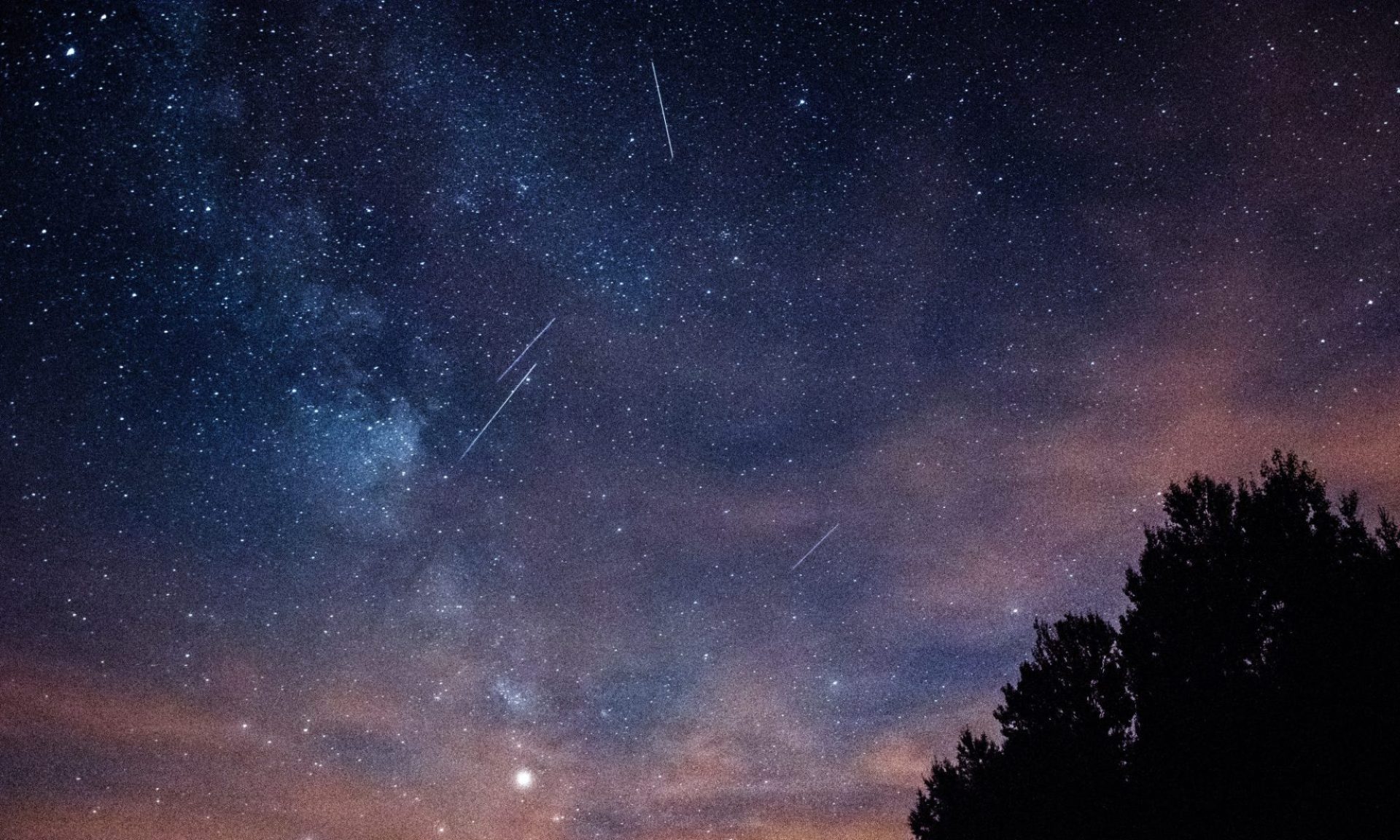The project of radio meteor observations was born out of frustration with the weather, which repeatedly destroys the plans of astronomy enthusiasts. As far as a lot of objects in the sky are concerned - where they were a week ago, they are now, and they will be next week. Usually it is possible to return to observations. Unfortunately - in case of meteors, where sometimes their maxima are short you have to wait until next year.
As the Earth moves through the solar system, it encounters single - so called sporadic - meteors on its way. In the case of larger, ordered groupings, we speak of swarms. These are remnants of moving comets. When the Earth's and swarm's orbits intersect, an intense bombardment of the Earth's atmosphere takes place. In some conditions meteors fall into the Earth's atmosphere with an impressive speed of up to 71 km/s.

Due to friction most of them evaporate in the upper layers of the atmosphere (a few fall to the surface as meteorites). The hot vapors of the burning meteor along with the gases of the atmosphere undergo thermo-ionization, creating an ionized trail on its flight path (which can be observed as a "shooting star"). Such a hot, glowing trail becomes a "mirror" for radio waves.
This property - reflecting radio waves and being able to record them - is the basis of this project.
